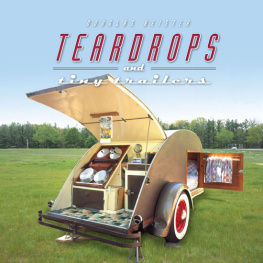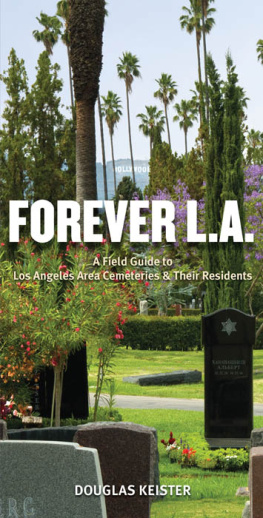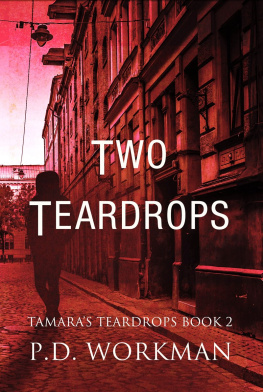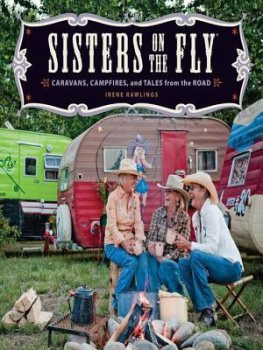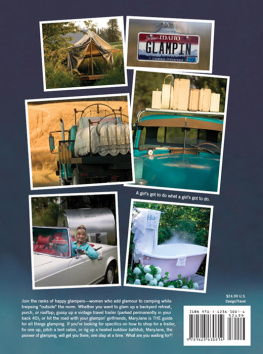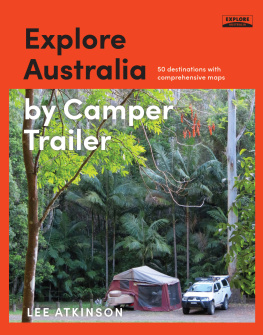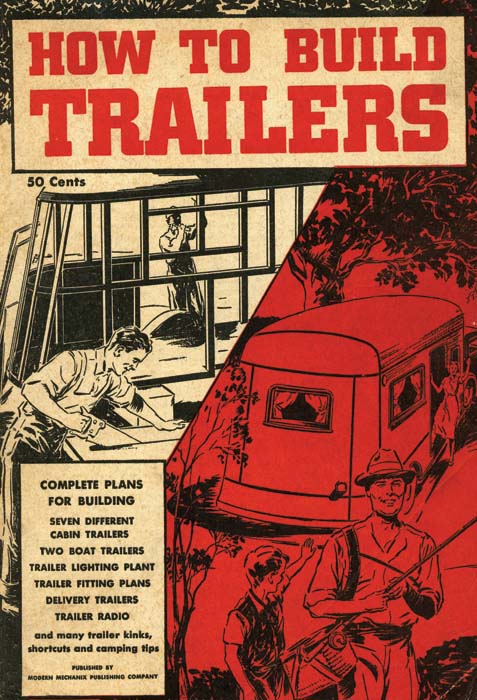Photographs 2010 Douglas Keister, except for some photos in Over There and Elsewhere (starting with photo captioned A trabant car made in East Germany... and ending with the first photos of Jeanne Bayols custom roulotte) which are 2008 Steve Pepper
All rights reserved. No part of this book may be reproduced by any means whatsoever without written permission from the publisher, except brief portions quoted for purpose of review.
1. Travel trailersHistory. 2. Travel trailersPictorial works. 3. Antique and classic carsCollectors and collecting. I. Title.
Acknowledgments
Thanks to all the trailerites who gave their time and trailers to make Teardrops and Tiny Trailers a beautiful book: Ray Allen, Bob Ambrose, Don and DeAnna Anderson, Ed Avila, Tom and Mary Bamborough, Jean and Jeanne Bayol, Steve and Peggy Birley, Forrest and Jeri Bone, Terry and Michelle Bone, Joe Bosier, John Bosier, Paul Broxon, Wendy Case, Linda and Don Coolich, Doug Cronn, Michelle and Ken Defer, Henry and Janell Diaz, Timothy Dillon, Jim Eddy, Gordie and Terry Engelstad, Bill Eosel, Patrick and Joanne Ewing, Ken and Petey Faber, Wayne Fergusson, Tammy Fuller, Mark and Rhonda Gelstein, Rod Glassett, John Green, Larry Grim, Jerome Guffey, Gerry and Rod Hagelund, James Hamilton, Charlie Hanson, Doug Hardekopf, Phil and Esther Harmon, Chris Hart, Michael and Aedan Haworth, Dan Hazard, Al Hesselbart, Luke Hinman, Douglas Hoder, Craig and Patti Holroyd, Stuart and Kathleen Honnard, Wendy and Steven Hughes-Jelen, Mardy Ireland, Debbie Izenman, Bob Johnson, Barbara and Donald Jussero, Steven Katkowsky, Ed and Linda Kelson, Leo and Marlys Keoshian, James Larimore, Gary and Sally Lodholm, Steve and Candy Marino, Norm and Ann Markus, Jerry and Jenean Marlette, Vince Martinico, Ken and Marty Masden, Dave Mikol, Bob and Cindy Mott, Rick and Janice Myer, David Nathenson, Shannon and Cecily Near, James Nelson, Lori Osborne, Charles Panter, Gail Parker, Cliff Parker, Ken Patten, Steve Pepper, Lew and Lesley Puls, Robin and Kevin Ramos, Steve Robison, Damian and Sandra Rutherford, Phil Schaeffer, Sandy Smelser, Mike and Debbie Smith, Emil and Ed Sokolis, Louise Stein, Cullen Tate, Charles Taylor, Dayton Taylor, Dean Tennis, Keith and Barb Thompson, Rando and Lori Thyr, Lowell and Janice Vivian, Rich and Mary Vock, Duke and Fay Waldrop, Tammy and Steven Walker, Bill Walter, Ross Westerbur, Grant Whipp, Gar and Mary Alice Williams
Special thanks go to Gibbs Smith, Publisher, for believing in my vision, to my agent Julie Castiglia for shepherding the book through, and, as always, to my wife, Sandra Mclean, my self-proclaimed biggest fan.
Ah, the Road! That shimmering, steaming ribbon of asphalt that criss-crosses the country. Its the stuff of adventurethe promise of new horizons, new people, a new life. Because we tend to group together, sometimes we just need to break away. No longer passive cows, we make a mad dash for greener pastures and bigger and bluer skies. In earlier times, Gulliver traveled and Twain roughed it. Germans call it wanderlust, Aussies take off on a walkabout, and Brits go on a bimble.
The road is the great democratizer, available to anyone with a set of wheels and a few coins of the realm. Whether our transporters are mopeds or Maseratis, the sinuous black macadam is available to all. The road trip is fodder for great novels. Steinbeck traveled with an aged poodle named Charley. William Least Heat Moon stayed in the slow lane along Americas blue highways. And Jack Kerouac went on the road for the quintessential voyage of self-discovery. Taking a road trip is a rite of passage for many, a way to collect ones thoughts during times of transition: youth to adulthood, classrooms to the working world, single life to marriage, marriage to singlehood.
Despite our romantic visions of the road, for most folks the road is merely an expedient way to get from point A to point B. We rely on the electronic brains of the Internet and satellite-driven GPS devices to guide us to our destination. The quicker and straighter, the better. But there is one group of humans who thinks they have a better way. These latter-day Argonauts are recreational vehicle enthusiasts, better known as RVers. Many are retired or semiretired and are in no particular hurry to get to their destination, if they even have one. They dont need to get to their reserved hotel or motel room. Like the turtle and hermit crab, they take their shelter wherever they go.
Because of their Brobdingnagian proportions, we tend to notice the mega-motorhomes more than any other type. In spite of rising fuel prices, there seem to be more and more of these rolling homes every year. Interestingly and almost concurrent with the swelling number and girth of RVs, there has been a trend toward compact motorhomes and trailers. As these proportion-conscious consumers search for smaller transporters, they are also rediscovering older RVs, often tucked away in garages, barns, and sheds, or moldering away in backyards and pastures. This rediscovery of vintage RVs began in the 1980s when fans of the sleek and silvery Airstream trailers formed a club that was an offshoot of the Airstream Club. Appropriately dubbed the Vintage Airstream Club, its membership steadily grew throughout the 1980s and 90s, so much so that fans of vintage Airstreams soon began to find other vintage trailers and motorhomes. Owners of these non-Airstreams couldnt register their trailers with the Vintage Airstream Club, so two members, Forrest and Jeri Bone, resurrected an ancient RVers organization called the Tin Can Tourists (established in 1919) and opened it to owners of all brands of vintage RVs. Tin Can Tourists rallies now attract well over one hundred vintage trailers and motorhomes.
One of the most interesting types of vintage trailers that were being extracted from their moorings are little trailers known as teardrops. These marvels of compact camping have a sleeping area about the size of a piece of plywood and an aft exterior kitchen. The first proponents of these newly resurrected trailers were the vintage car enthusiasts who liked the way the sensuous form of their classic automobiles worked together with the trailer. There has been such a demand for these tidy rolling bedrooms that a number of companies have started manufacturing complete trailers or supplying kits and plans. Other enthusiasts have been restoring canned ham trailers, so called because their ovoid shape resembles a can of ham. Then there are the Airstream aficionados. These silver gems and their cousins made by other companies are perhaps the most easily identifiable vintage trailers, thanks to their distinctive shape and glistening finish.
Whether traveling in a tiny teardrop trailer or a diesel-belching lumbering leviathan, RVers have discovered that there is much to be said for living life in the slow lane. Buckle up and enjoy the visual feast in the pages that follow. Youll find that bigger is not always better, and being able to take along a tidy little home on wheels opens up a whole new way of seeing the country.

